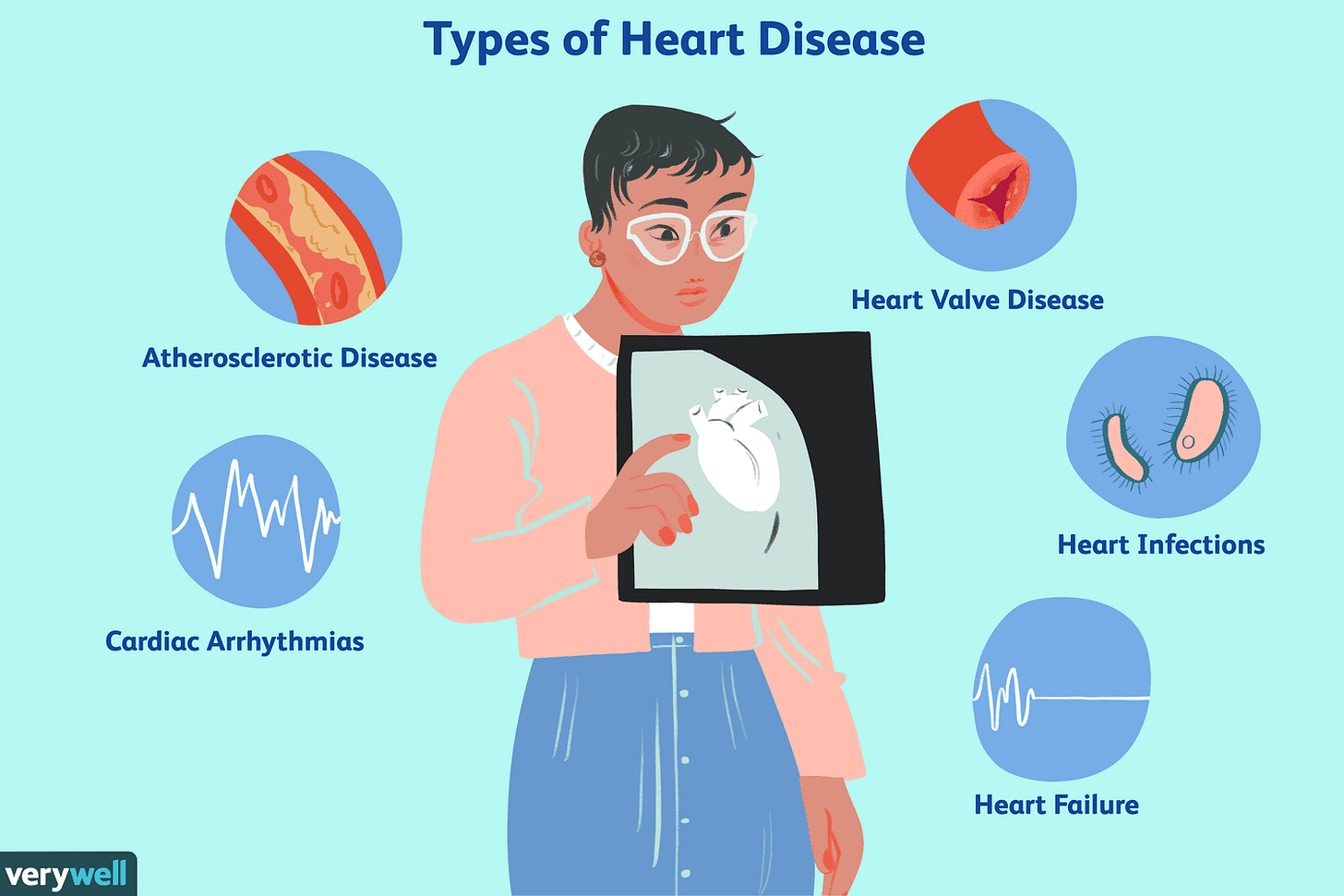Rise of Heart Disease
Written by Sai Koppada
In recent years, the occurrence of heart disease has been on a constant rise. The alarming rise in the diagnosis of heart disease has reached such a large amount that it has been declared as the leading cause of death in the U.S. This staggering increase in diagnoses reflects a broader public health crisis that needs to be addressed immediately.
The term heart disease refers to a range of conditions that affect the cardiovascular system, this includes conditions like coronary heart disease (CAD), Myocardial infarction (heart attack), and heart failure. All these conditions affect a person’s cardiovascular system and their body’s ability to circulate blood. Though some heart conditions are genetic and present at birth, most of the leading forms of heart disease are developed throughout a person’s lifetime by factors such as diet and physical activity. Heart conditions are generally associated with increased levels of cholesterol and fat in the body. This causes arteries in the body to become narrow and blocks the pathway of blood, additionally, it leads to an increased strain on the heart.
The rise in heart disease is closely linked to modern sedentary lifestyles. As people adopt lifestyles that are centered around convenience and comfort, they tend to lead lives with less physical activity and poor eating habits. With technology becoming more integrated into our daily lives and cars becoming the preferred mode of transportation, people are barely meeting the required amount of physical activity per day.
With millions of people eating at fast food restaurants daily and consuming sugary or fatty foods almost every day, the risk of developing heart disease is significantly higher. Poor dietary habits lead to elevated cholesterol levels and an increased likelihood of obesity, both of which are major risk factors for heart disease. Other risk factors for heart disease include high blood pressure (hypertension), diabetes, stress, and excess alcohol consumption. These factors are becoming increasingly common among people as they start leading poorer lifestyles with minimal activity and increased fat intake.
To combat the rising cases of heart disease, it is crucial to meet the recommended physical activity levels, maintain a healthy diet and weight, and lead an active lifestyle. Aim for at least 60 minutes of physical activity per day and incorporate a balanced diet rich in fruits, vegetables, lean proteins, whole grains, and low-fat dairy products. Regular exercise, combined with a nutritious diet, helps manage cholesterol levels, blood pressure, and overall heart health. Making small changes can go a long way, walking small distances, choosing a healthy meal over fast food, and consuming adequate amounts of fruits veggies and water can go a long way. It is essential to prioritize your health to prevent heart disease, as it significantly impacts both the quality and length of life.
It is imperative that people start taking steps towards leading a heart-healthy lifestyle since heart disease is the leading cause of death in many places around the world. In the U.S. alone, approximately 1 in 5 adults have some form of heart disease. This includes conditions such as coronary artery disease, heart failure, and arrhythmias.
References
National Heart, Lung, and Blood Institute. “Cardiovascular Disease Is on the Rise, but We Know How to Curb It. We’ve Done It before | NHLBI, NIH.” Www.nhlbi.nih.gov, 3 Feb. 2021, www.nhlbi.nih.gov/news/2021/cardiovascular-disease-rise-we-know-how-curb-it-weve-done-it
Written by Sai Koppada from MEDILOQUY


